Text
Elephant Mario Steals Hearts in the Upcoming Mario Bros. Wonder!
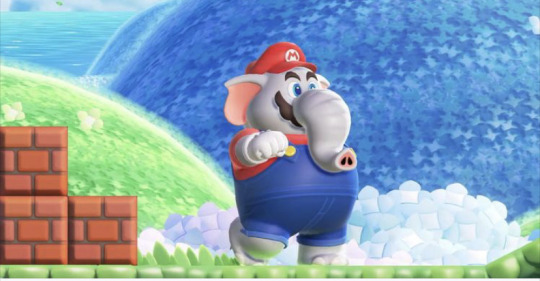
Get ready to embark on a wacky adventure in the latest Nintendo Direct announcement, Super Mario Bros. Wonder! This new Mario game takes the beloved 2D platformer to a whole new level of fun and trippiness. The trailer had us hooked as Mario and his pals ventured through exciting quests. And guess what? At the end of the trailer, Nintendo surprised us with a glimpse of a brand-new power-up that transforms Mario into an adorable elephant!
Let’s talk about Elephant Mario—just when we thought we’d seen it all! This majestic pachyderm version of our favorite plumber is still undeniably Mario, complete with his signature mustache, cap, and overalls. The only difference? He’s now got some mighty elephant feet, which means he had to ditch his shoes. Who would’ve thought we’d wake up to the existence of Elephant Mario? But hey, here we are, and it’s impossible not to love him!
Fans all around the world are already buzzing with excitement, sharing their thoughts and even creating incredible fan art featuring Elephant Mario. It seems like this charming addition has won the hearts of discerning Mario enthusiasts everywhere.
Scheduled for release on October 20, exclusively for the Nintendo Switch, Super Mario Bros. Wonder promises an incredible 2D side-scrolling adventure for our beloved jumpman. With Mario and his crew stomping Goombas and grinding rails, this game captures the nostalgic essence of classic Mario titles. However, it introduces new power-ups like the Wonder Flower, which brings the game’s whimsical world to life by animating blocks and pipes. But the one power-up that has truly captured the internet’s attention is a delightful tomato-like item that resembles the face of an elephant. Once Mario devours it, he undergoes an epic transformation into a red-shirted mastodon, ready to tackle enemies with gusto. It’s a complete departure from his days as a cat, and fans can’t get enough!
Get ready to explore the wonders of the Super Mario Bros. Wonder world and experience the joy of being Elephant Mario when the game hits the Nintendo Switch. It’s an adventure you won’t want to miss, filled with excitement, laughter, and unexpected surprises at every turn. So, mark your calendars and prepare for a wild and unforgettable Mario experience like never before!
1 note
·
View note
Text
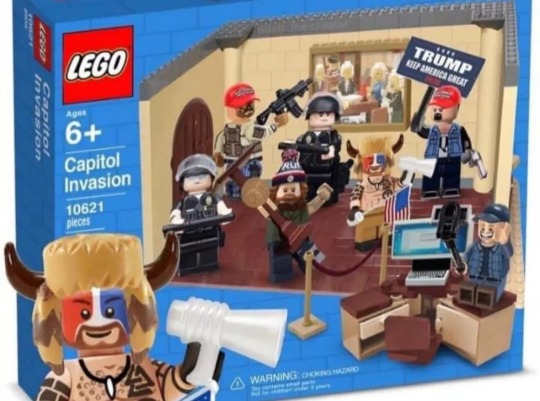
LEGO Capitol Hill Invasion
1 note
·
View note
Text
All Power Rangers Ever
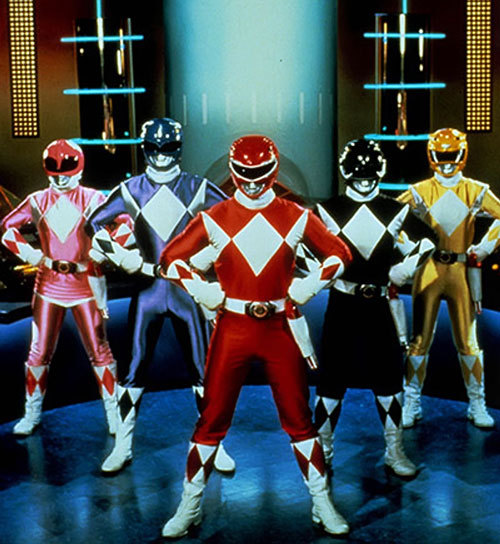
Mighty Morphin Power Rangers (1993–1999)
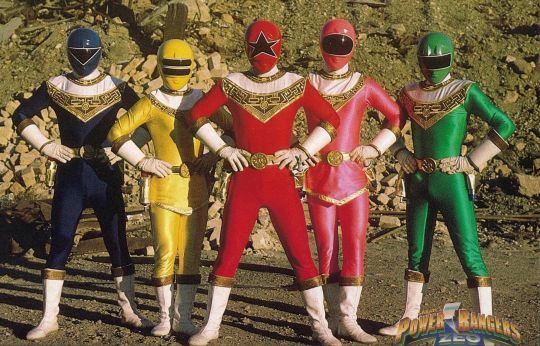
Power Rangers Zeo (1996–1997)
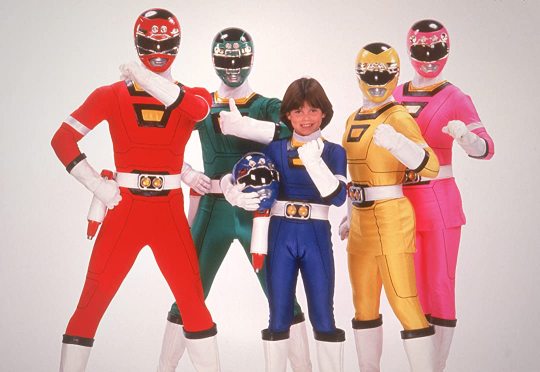
Power Rangers Turbo (1997–1998)
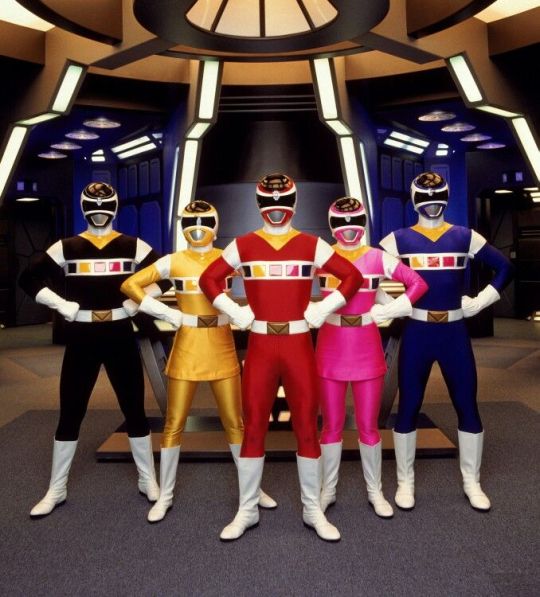
Power Rangers in Space (1998–1999)
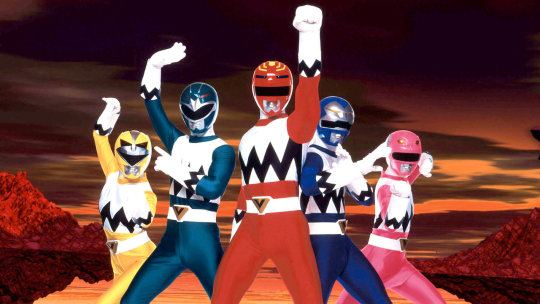
Power Rangers Lost Galaxy (1999–2000)
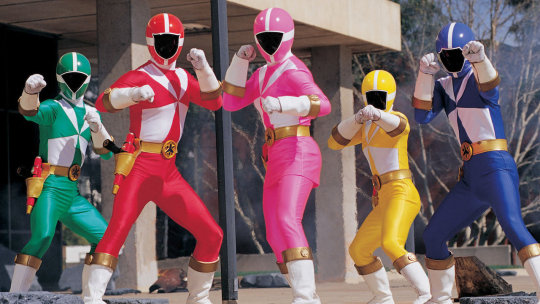
Power Rangers Lightspeed Rescue (2000–2001)

Power Rangers Time Force (2001)
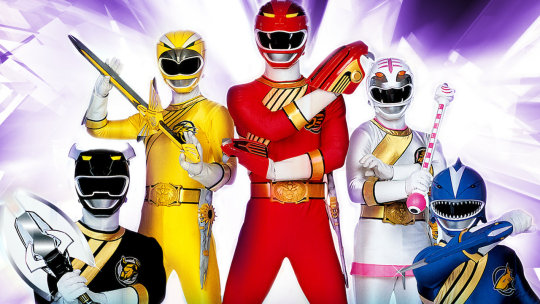
Power Rangers Wild Force (2002–2003)
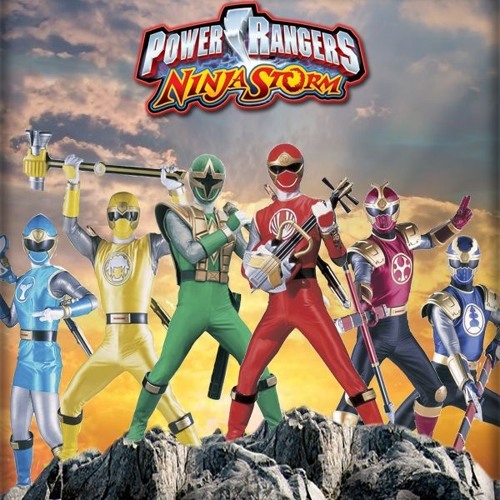
Power Rangers Ninja Storm (2003–2004)
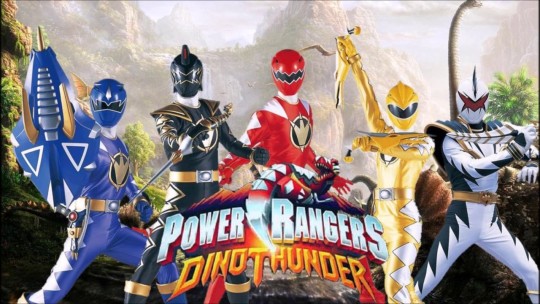
Power Rangers DinoThunder (2004)
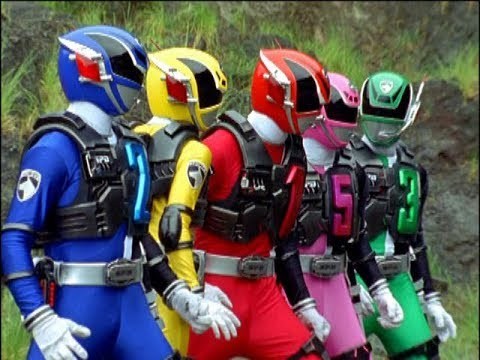
Power Rangers S.P.D. (2005)
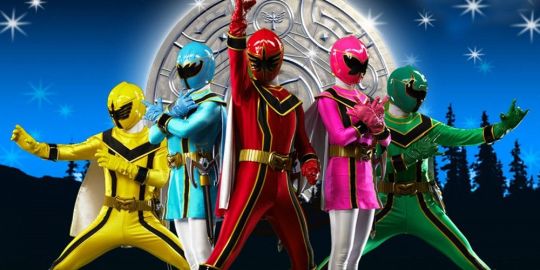
Power Rangers Mystic Force (2006)

Power Rangers Operation Overdrive (2007)
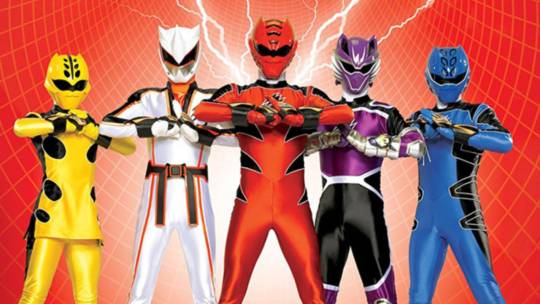
Power Rangers Jungle Fury (2008)
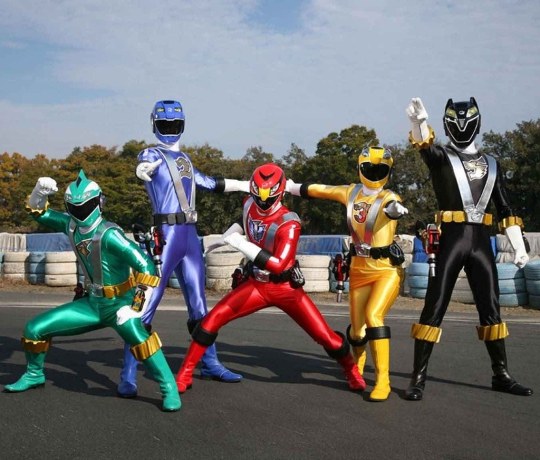
Power Rangers R.P.M. (2009)
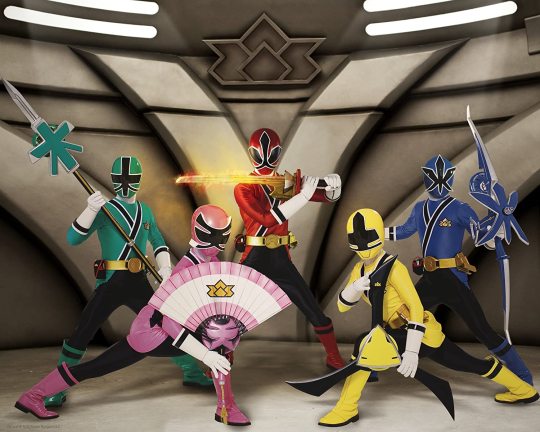
Power Rangers Samurai (2011–2012)
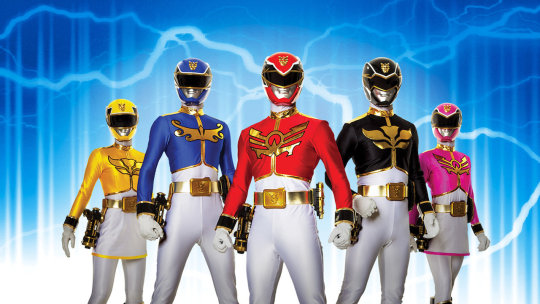
Power Rangers Megaforce (2013–2014)
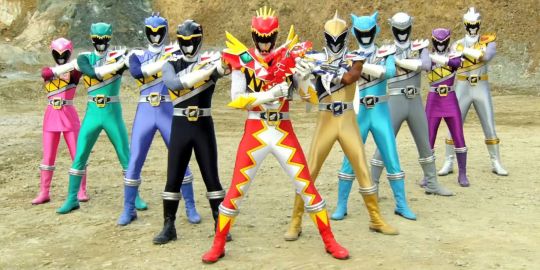
Power Rangers Dino Charge (2015–2016)
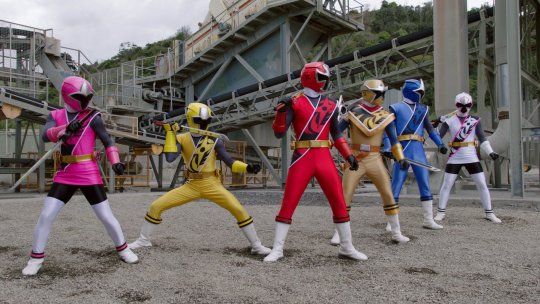
Power Rangers Ninja Steel (2017–2018)
#Power rangers#powerrangers#series#90s#2000s#rangers#power ranger movie#power ranger 2017#nerd#geek#comics
96 notes
·
View notes
Text
WWF Hasbro Wrestling Action Figures
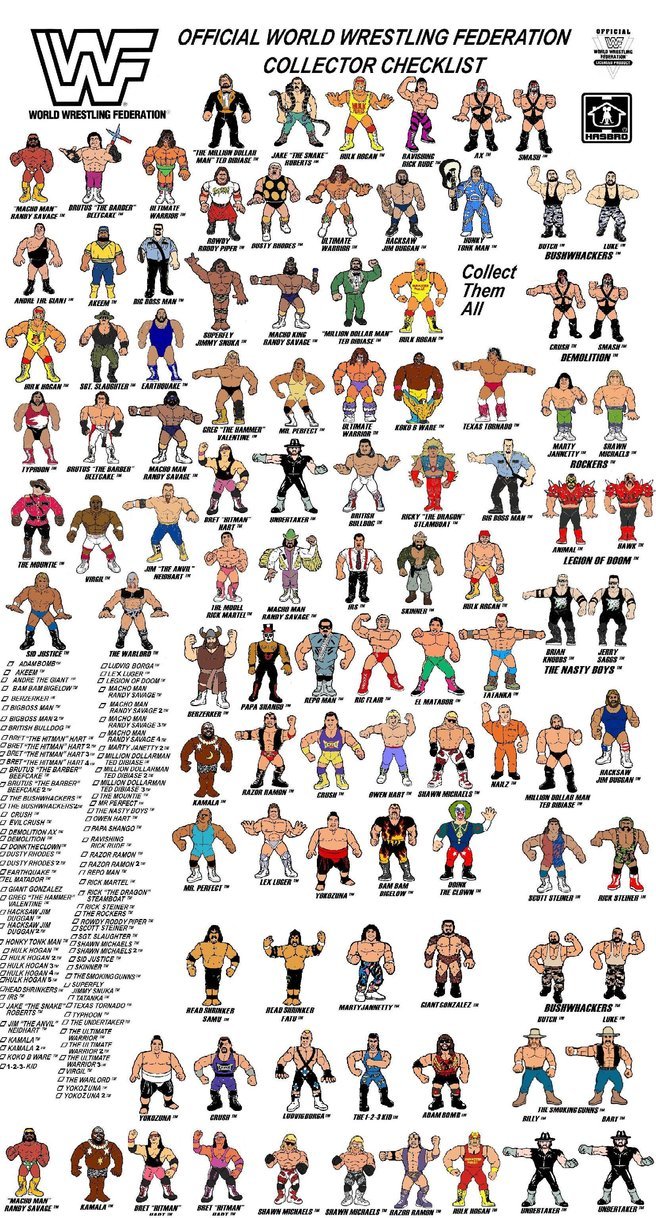
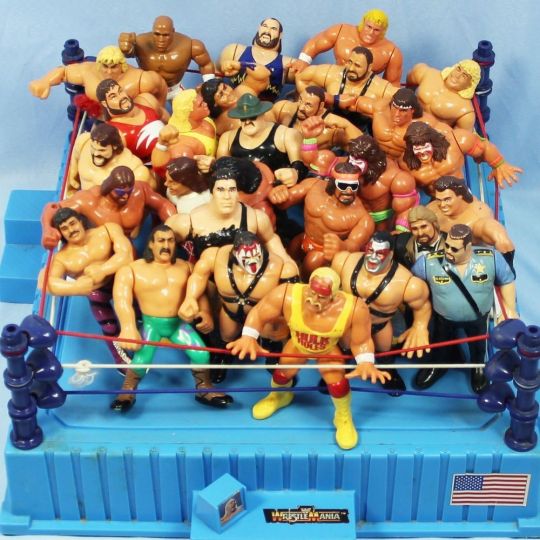
#WWE#action figures#wrestling figures#wwf hasbro#wwf figures#wwe figures#hulk hogan#action figure#90s wrestling#80s wrestling#90s#80s#hasbro
28 notes
·
View notes
Text
The story of the Ecto-1, the Ghostbusters' car...
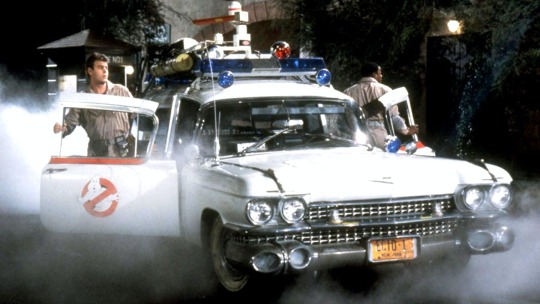
The Cadillac Miller-Meteor was one of the protagonists of Ghostbusters. It's no coincidence that the director decided to dust it off for the disastrous sequel... We're obviously talking about the car that in Ghostbuster 1 and 2 helped the iconic Ghostbusters to move through the streets of haunted New York. We try to retrace the interesting story behind what has become a protagonist of the film over the years. The original Ectomobile is a 1959 Cadillac Miller-Meteor converted into an ambulance by Miller-Meteor.
Miller and Meteor were initially competing companies. Wayne Corporation, an Indiana company that produced buses, in order to diversify its production, first, in 1954, bought the Meteor Motor Car (which built limousines and ambulances) and two years later the A.J. Miller Company, which produced hearses and ambulances. Thanks to Wayne's alignment, Miller-Meteor was born in 1957.
The model that later became the Ecto-1 left the Piqua, Ohio plant in 1959 (a total of 400 units were produced). One of the peculiarities of this car were the huge rear fins, the same as the 1959 Cadillac Eldorado, and the rear wheels that were half covered by the bodywork.
The Cadillac Miller-Meteor is a huge station wagon, more than six meters long and weighing a good three tons. In order to push such a sheet of metal there was an absolute need for an "American-style" V8, with a generous 6.3 litre cubic capacity and capable of delivering 320 horsepower. Despite the generous tonnage, the Cadillac Miller-Meteor's handling was quite fluid thanks to an air suspension system.
The car was chosen mainly for the maxi-dimensions, useful to contain all the various equipment needed to chase away the ghosts. In short, it was an undoubtedly pragmatic car. In the original idea of Dan Akroyd and Harold Ramis, who, besides being protagonists of the film, contributed to the genesis of the car, the Ecto-1 should have been completely black, with purple and white strobe lights. However, the idea of the black livery was discarded from production after the cinematographer pointed out that most of the scenes would be shot at night.
The recordist Ivan Reitman then contacted the designer Stephen Dane and commissioned him to design and supervise the development of the Ecto-1 from scratch. So here comes the Ecto-01 as we know it today: white livery, logo on the sides and sirens on the roof. Dane also designed all the equipment for the Ghostbusters, including the famous proton backpack, all in record time of two weeks.
For promotional purposes, the Ecto-1 was driven by one of the protagonists of Ghostbusters (in costume) in New York shortly after the film's release in 1984, causing a series of collisions caused by drivers distracted by the passage of the bulky station. The "death" of Ecto-1 occurred on the set of Ghostbusters 2. In the film you can clearly see that in a scene shot on the Brooklyn Bridge the car emits a little reassuring grey smoke. The car was then replaced with another Miller-Meteor bought by the production, which was then converted and named Ecto-1a.
The deceased Ecto-1 was then abandoned in one of Universal Studios' warehouses. However, the many fans managed to buy the car and put it back into shape and subjected it to meticulous restoration work.
It is the details, the fetishes, that make a film immortal. The Ecto-1 had all these qualities contributing to the "collective memory" of the Ghostbusters. The production was in fact very good at not choosing a beautiful car, but a "particular" car, able to break into the hearts of fans thanks to some details like the huge fins. It is no coincidence that the 1984 Cadillac Fleetwood Brougham, which was chosen for the all-female Ghostbusters of 2016, was not at all appreciated by fans. And it's no coincidence that the clever Jason Reitman chose to return the legendary Cadillac Miller-Meteor to the scene.
4 notes
·
View notes
Text
The Super Mario Story

Super Mario debuted in Japan in 1985. With over 40 million copies, it would become one of the best-selling video games of all time. Thanks to technological advances, three years after its launch, designers were able to make it fly for the first time. But it was the following year that marked a turning point with the launch of Super Mario Land along with the first Game Boy. The character's three-dimensionality arrived in '96, and Super Mario 64 was the first ever to move 360 degrees in a three-dimensional environment. In 2009, it arrived on Wii, with which up to four people could play simultaneously, and in 2014 it would become twelve people thanks to Mario Kart 8 on Wii U. The last chapter is dated 2017 on Nintendo Switch and is obviously Mario Odyssey, to save Princess Peach in fact Super Mario will use his hat by throwing it, jumping and "cap-turning" the control of enemy objects thanks to the new inseparable friend Cappy. Skyscrapers, exotic scenery and a flying vessel are just some of the ingredients of the new game.
0 notes
Text
Ninja Turtles, 5 things you may not know about the 90s animated series
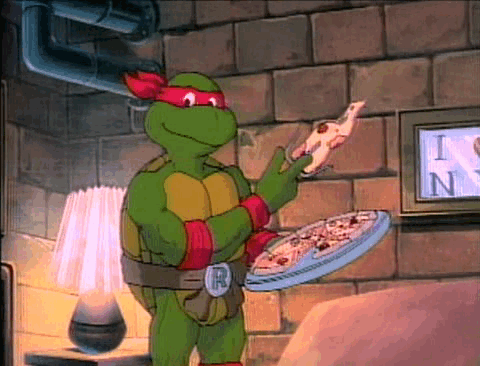
They returned to the cinema in 2014 and then two years later with new live-action films produced by Michael Bay: but if the Ninja Turtles are a saga still very popular among audiences of all ages, the credit is definitely due to the animated series that, debuting 30 years ago in this very period, definitively sanctioned their success. Created in 1984 by Kevin Eastman and Peter Laird in the comics at Mirage Studios, the Turtles were adapted into a cartoon whose first five episodes were broadcast in the United States in December 1987.
The goal was, as was often the case at the time, to market a line of toys. But their comics were too niche to be commercially appealing, so they tried their hand at animation, introducing many comic characters and passions that kids could identify with, like pizza or skateboarding. The goal was soon achieved, with spin-offs, merchandising, vhs and commercial deals that flocked right from the start. Here are some of the features that contribute to making it a memorable animated series.
1. It changed a lot of details compared to comics

In their first comic book incarnation, the Turtles were born as parodies of the most popular titles of the time, such as Daredevil, New Mutants and Ronin: hence the gloomy settings, the high sense of drama and the rather edgy characters. Aiming at a commercial target, the animated series had to radically change its approach, introducing many innovations that eventually entered the official canon of the saga. Each protagonist, for example, is characterized by the mask of a particular color and a particular weapon, while in the comic book they generically had a red bandage: Leonardo has the blue mask and the katanas; Donatello viola and the stick; Raffaello rossa and the daggers sai; Michelangelo - also characterized as the most joker of the four - orange and the nunchaku.
Some details of the original story were also modified: Yoshi is the head of the Foot Clan but is overthrown by the evil Shredder and exiled to New York; if in the comics and other versions it is his domestic mouse who becomes the master Splinter, in this cartoon it is Yoshi himself who changes. Moreover, this is the only incarnation in which the mutation makes the Turtles become adolescents, while in other stories their dogi grows and trains them from an early age. In this series the dispersion of the mutant agent is the work of the Shredder himself, in an attempt to eliminate Splinter for good.
2. It had a huge success
To measure the unprecedented success of the animated series of Ninja Turtles, just think that it aired for ten seasons, until 1996: a completely unprecedented duration for American morning cartoons, which usually amounted to two or three seasons. But the series managed to make the characters so popular that they landed at the cinema in 1990 with the live-action version Tartarughe Ninja to the rescue (and then with the next two sequels).
The cartoon contributed to the excellent result of the film (still the most successful independent film in the world), but it was also somehow enlivened: some of the seasons of the early nineties, in fact, began to contain live scenes, taken from the film. Different discourse, instead, for the final seasons: from the eighth cycle of episodes, in fact, began the so-called Red Sky era, because of the red color given to the sky to add drama; some darker elements of the original comics were recovered and comedy was greatly reduced, in an attempt to conquer an evolved audience. But the series had now run its own course.
3. It was quite censored
Since its debut in the UK, in fact, the title of the series passed from Teenage Mutant Ninja Turtles to Teenage Mutant Hero Turtles, eliminating even in the dialogues all references to ninjas, considered too violent a model for young viewers. Many fight scenes were reduced and in particular all the moments in which Michelangelo uses his nunchaku were removed, replaced with other clips (actually episodes later in the seasons) in which the same turtle uses a grappling hook.
The sweetened version of the Turtles was thus shown in many other European countries, especially those that showed the British dubbing simply by adding subtitles (such as Belgium, Sweden, Norway, Denmark and Finland).
4. It had rivals
The unparalleled success of the animated series of Ninja Turtles contributed a lot to change the panorama of children's programming in the nineties, especially by imposing two distinctive elements taken from many later productions that tried to reproduce its success: the use of anthropomorphic animals and the reference to adult scenarios. In Biker Mice from Mars, for example, the protagonists are humanized mice from Mars, who are mechanics, ride motorcycles and fight the evil Plutarchians. In Street Sharks and their spin-off Extreme Dinosaurs, the anthropomorphic characters are sharks and dinosaurs respectively.
But if these were imitations, there was also an attempt to create a series that could rival its success. We're talking about the Battletoads, or toads aliens and also humanized as warriors, who are the protagonists of a series of video games born precisely to respond to the success of the Turtles (they are also mentioned in the recent trailer for Ready Player One). They also arrived on television, with a half-hour animated special in 1992, but they didn't have such a response that they became a real series.
5. Waiting for a Comeback
After the animated series of the 1990s and the three films, between 1997 and 1998 the Turtles were also the protagonists of the live-action series Ninja Turtle: The Next Mutation, in which, among other things, the first female protagonist, Venus, was introduced. It took about ten years before the Turtles were back in vogue, after Nickelodeon acquired the rights from Mirage: since 2003 two different animated series were produced, the last of which, made in 3d, ended in November 2017.
It has already been announced, however, that a new animated series, entitled Rise of the Teenage Mutant Ninja Turtles, is in production, which should return to 2d animation and rediscover some of the spirit of the original series, abandoned in recent decades for a more modern and adolescent approach. Although it will be difficult to reverse the mutation that has occurred in recent years.
#ninja turtles#teenage mutant ninja turtle imagine#teenage mutant ninja turtles#TMNT#90s#cartoons#90 cartoons#turtles#animation#geek#kids of the 90s
8 notes
·
View notes